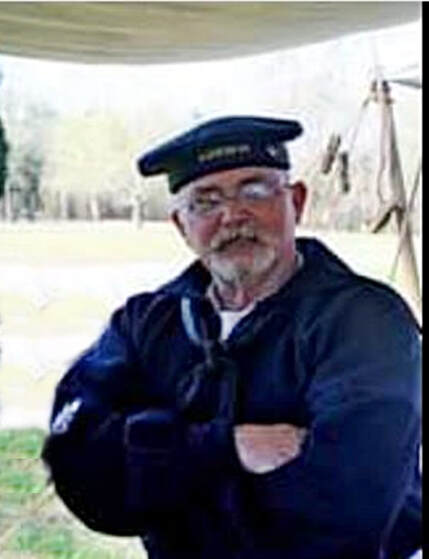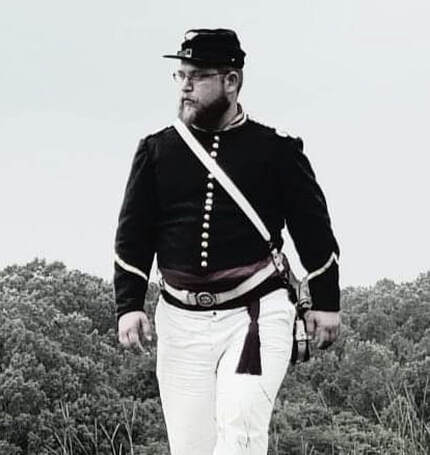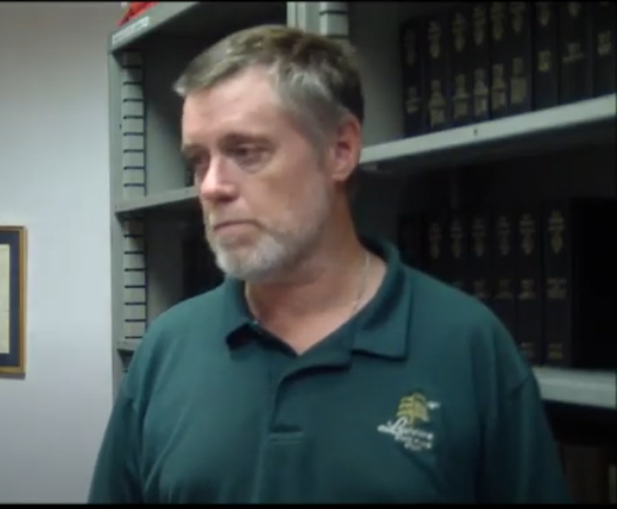Professor Neil Chatelain
“Freshet’s Impact on 1862’s Mississippi River Valley Naval Campaigns”
“Freshet’s Impact on 1862’s Mississippi River Valley Naval Campaigns”
In 1862 battles raged to control the Mississippi River valley. The rivers became independent actors in these naval battles as spring snowmelt raised rivers to flood stage. To control the Mississippi River valley, naval commanders on both sides had to win the battle against riverine geography.
A historian for Emerging Civil War and a U.S. Navy veteran, Neil teaches at Lone Star College and Carl Wunsche Sr. High School in Houston. He authored Treasure and Empire in the Civil War: The Panama Route, the West and the Campaigns to Control America’s Mineral Wealth; Defending the Arteries of Rebellion: Confederate Naval Operations in the Mississippi River Valley 1861-1865, and Fought Like Devils: The Confederate Gunboat McRae.
A historian for Emerging Civil War and a U.S. Navy veteran, Neil teaches at Lone Star College and Carl Wunsche Sr. High School in Houston. He authored Treasure and Empire in the Civil War: The Panama Route, the West and the Campaigns to Control America’s Mineral Wealth; Defending the Arteries of Rebellion: Confederate Naval Operations in the Mississippi River Valley 1861-1865, and Fought Like Devils: The Confederate Gunboat McRae.
Sam Cavell PhD.
“Submersibles and the Birth of Undersea Warfare in the Civil War”
The story of the Confederate “submarine” Hunley is well known. The U.S. Navy also experimented with submersibles during the war. Both sides tested radical new concepts which yielded mixed results. The lessons learned inspired next generation submarine weapons platforms. This presentation examines the failures and successes of the first deep dives into undersea warfare. Dr. Cavell is the Assistant Professor in Military History at Southeastern Louisiana University. She has been a guest lecturer at the National Maritime Museum, Greenwich, Oxford University, and the U.S. Naval Academy. Her publications include Midshipmen and Quarterdeck Boys in the British Navy and chapter contributions to The Battle of New Orleans Reconsidered, Yankees in Nelson’s Navy, and Naval History and Biography in Film.
Living History Educator
Tom Crawford
“The Advent of Modern Littoral Warfare"
While armed entry or conducting warfare from the waterways, oceans or seas is not new, it was not until the American Civil War that the modern tactics of littoral warfare came into being. Special operations from the water or around waterways had their formal introduction into the United States Armed Forces policies during the Civil War. For over 20 years, Tom has been an active living history educator and historian, focusing on Civil War ordnance and littoral warfare. Tom has had numerous articles, pamphlets published and a book in progress.
Living History Educator
Michael Redmond
Michael Redmond
“American Civil War Navies and how Russian involvement impacted the outcome of the war”
Michael is a living history educator. He began reenacting in the fifth grade. After returning from a 2nd tour in Iraq, he did Civil War navy reenacting and living histories at the National Civil War Naval Museum. He formed an infantry company and reenacted with both army and navy units. He formed a Marine attachment for the U.S.S./ C.S.S. Water Witch. He retired as an Infantry Captain and moved to Biloxi. He and two others, formed the crew of the U.S.S. Hartford. In 2022 they moved from Beauvoir to the National Civil War Naval Museum.
Historian
Special Guest Speaker
Michael Fraering
“Farragut Versus Port Hudson”
Michael was born in New Orleans. He received in BA in history from Southeastern University. Michael started his career with the Louisiana State Parks. He recently retired, after 30 plus years, as Head Curator of the Port Hudson State Historic Site and the Chief Weapons Officer for State Parks.




